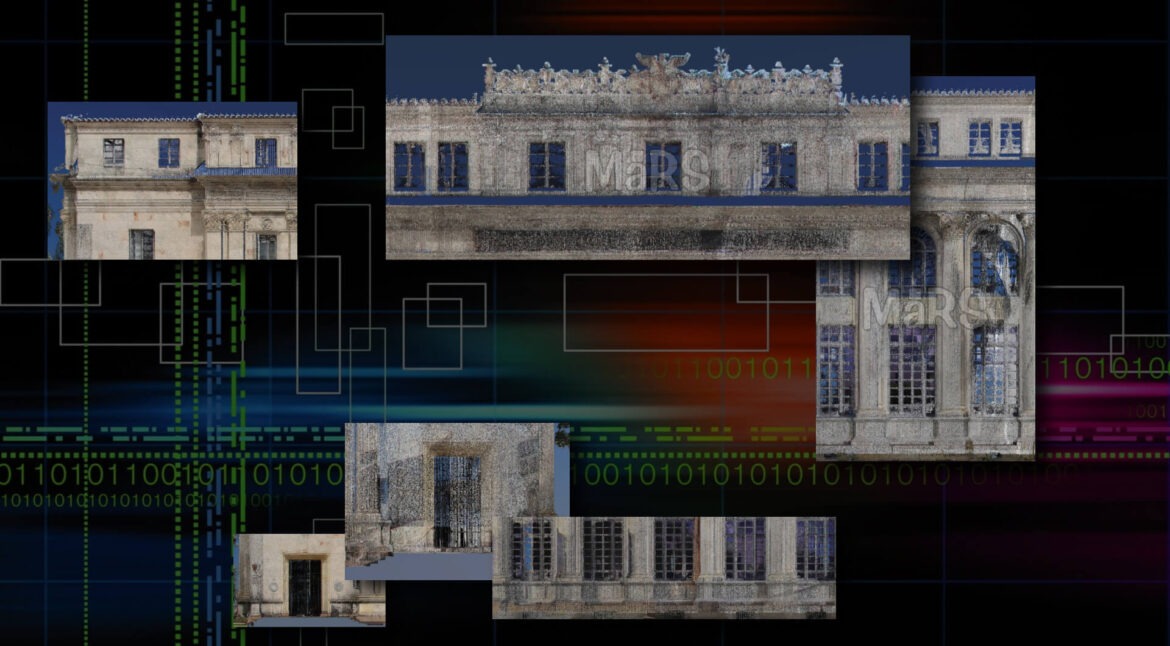The revolution in indoor scanning is mostly dependent on data, especially point clouds, which hold gigabytes of information. More and more, 3D building models are being created or updated using these massive datasets. It can be difficult, nevertheless, to use point clouds in 3D modeling programs like CAD or BIM. For projects like building documentation, site surveys, and architectural design analysis, point-cloud data sets are crucial. It is difficult to manage and transfer these massive databases effectively. This article explores file transfer techniques between architectural workflows, highlighting the benefits and drawbacks of cloud storage and sharing as well as FTP server sharing.
Point-Cloud Data Exchange Methods
BIM technology provides stakeholders with a digital platform for cooperation on construction projects, enabling data and information interchange. The proper information is communicated to the right parties using modern Information and Communication Technology (ICT). BIM necessitates open communication between all parties involved to collaborate on projects effectively. New techniques for exchanging BIM information have been made possible by the advancement of ICT. Two Data Exchange Methods are covered in detail below: Cloud-based and File-based data exchange methods
Method 1: Cloud-Based Data Exchange
Cloud storage systems like Google Drive, Dropbox, and Microsoft OneDrive can assist architects as well as designers in controlling their point-cloud datasets; this way their storage infrastructure will continue to grow without spending on hardware.
Pros
Scalability: Architects handle large Point Cloud Data Transfer for architectural projects which have different data now and then. Cloud storage platforms offer scalable solutions that architects can use to increase their storage spaces while working on their projects.
Accessibility: The architect can access information from the cloud provided they are connected to a network no matter where he/she is; hence, stakeholders alongside project team members may work together even if they are far apart.
Collaboration: In architecture teamwork is necessary. This process involves architects who must work with engineers and clients. These platforms have enabled seamless collaboration by allowing many users to access and manipulate simultaneously datasets of points within clouds.
Restricted Access: Architecture is an area that must have data security, especially in dealing with project-sensitive information. Cloud-based storage systems employ encryption and access restrictions to protect point-cloud datasets from unauthorized access or breaches.
Cons
Bandwidth Limitations: It takes time to upload and download large point-cloud datasets in the cloud especially where the internet connection is slow. This can therefore lead to delays in projects and reduced productivity.
Cost: Different cloud-based storage platforms have free or pocket-friendly offers but, architects with big data sets can pay heavily for more storage or special attributes.

Dependence on Internet Connection: Cloud-stored datasets of architectural companies for example regarding point clouds depend on reliable Internet connections. If disruptions happen or the internet goes down, this may cause workflow interferences and slow down projects.
Data Privacy Concerns: Whenever storing sensitive building-related data such as point-cloud datasets on these platforms, issues of privacy and security are always a concern.
Method 2: File-Based Data Exchange
There is another method of sharing on a File Transfer Protocol (FTP) server that is often used by architectural firms to transfer large datasets of point cloud securely over networks. FTP servers create separate channels for data transmission between architects and their customers, business partners, and colleagues who are involved in the project.
Pros
Efficiency: Sharing of FTP servers enhances the efficient movement of bulky point cloud datasets over high-speed internet connections or LANs, thus lessening the time for transmission and facilitating optimization of project workflows.
Customization: FTP server configurations can be handled by architects, giving them the liberty to adjust parameters like client allowances and access restrictions to better adapt to project necessities.
Security: FTP server software includes built-in security features such as encryption and authentication to protect point cloud datasets during transfer.
Compatibility: FTP is a protocol supported by many people, which ensures architectural firms using various operating systems and devices are compatible and easy to use.

Cons
Complexity: As such, it may require highly skilled personnel who will ensure that the installation, configuration, and maintenance processes are done correctly to set up and configure an FTP server.
Expenses: Commercial FTP server software licenses or hosting services must be obtained by architects even though there are some open-source FTP server software options.
Security Concerns: Despite having security measures, in position FTP servers remain vulnerable, to cyber threats and potential data breaches. It is advisable for architects to consistently assess server setups and enforce security protocols to protect point cloud data.
Conclusion
To promote collaboration, among parties’ architects should create systems that enable them to manage and share large point cloud datasets effectively. As seen in the conversation both sharing through FTP servers and utilizing cloud storage are options. However, selecting the approach for improving data handling processes should involve considering project needs and limitations along, with weighing the pros and cons of each method.



